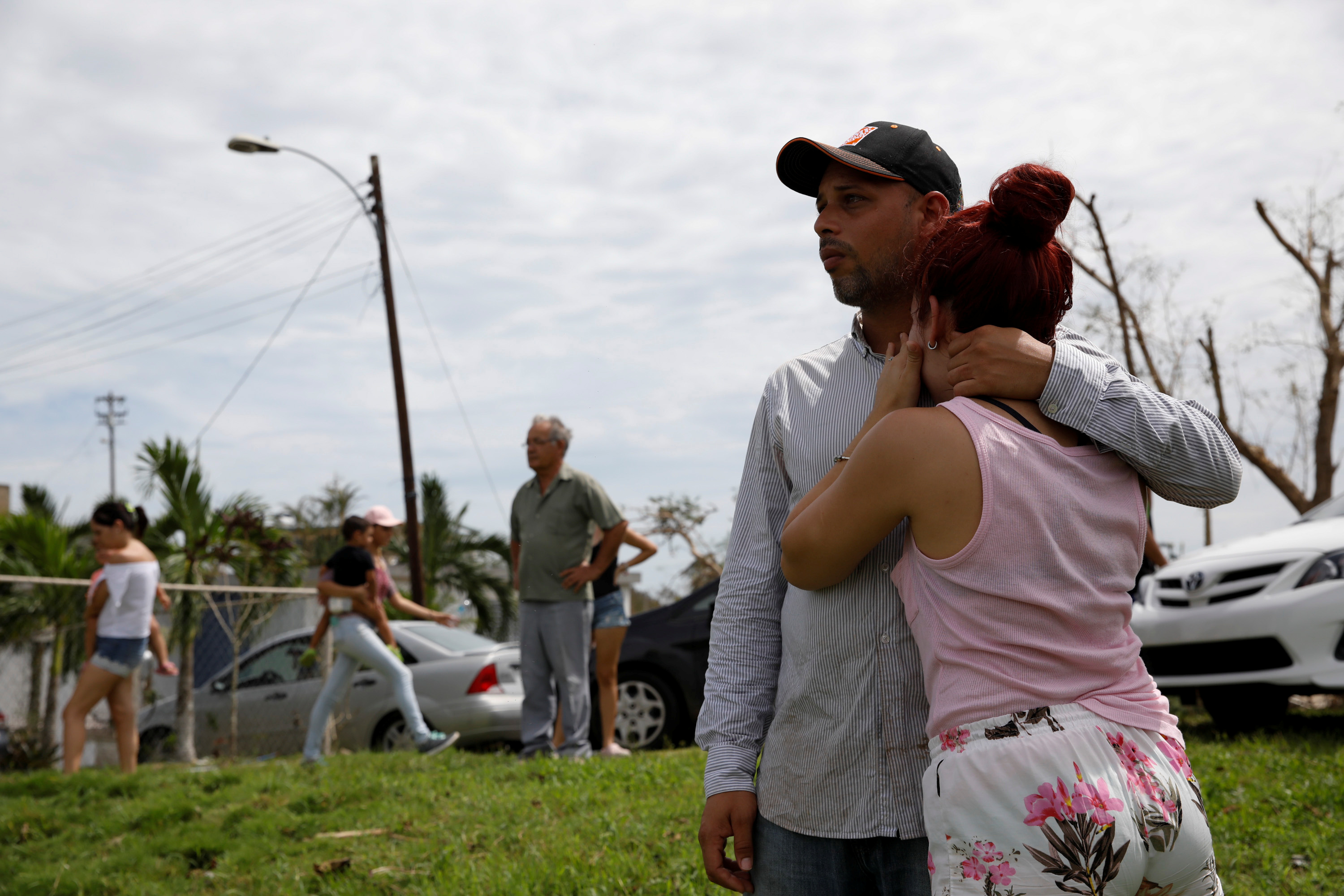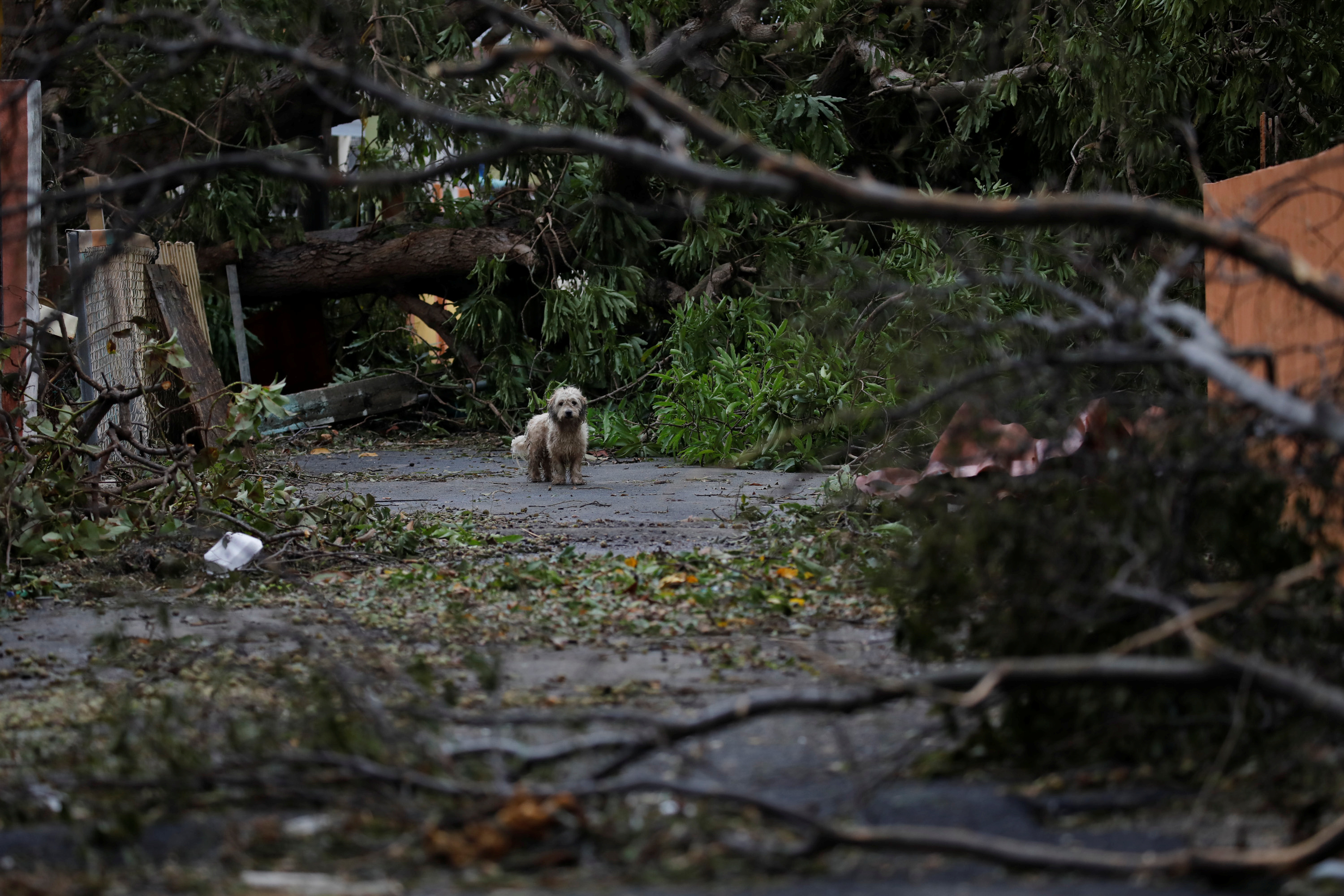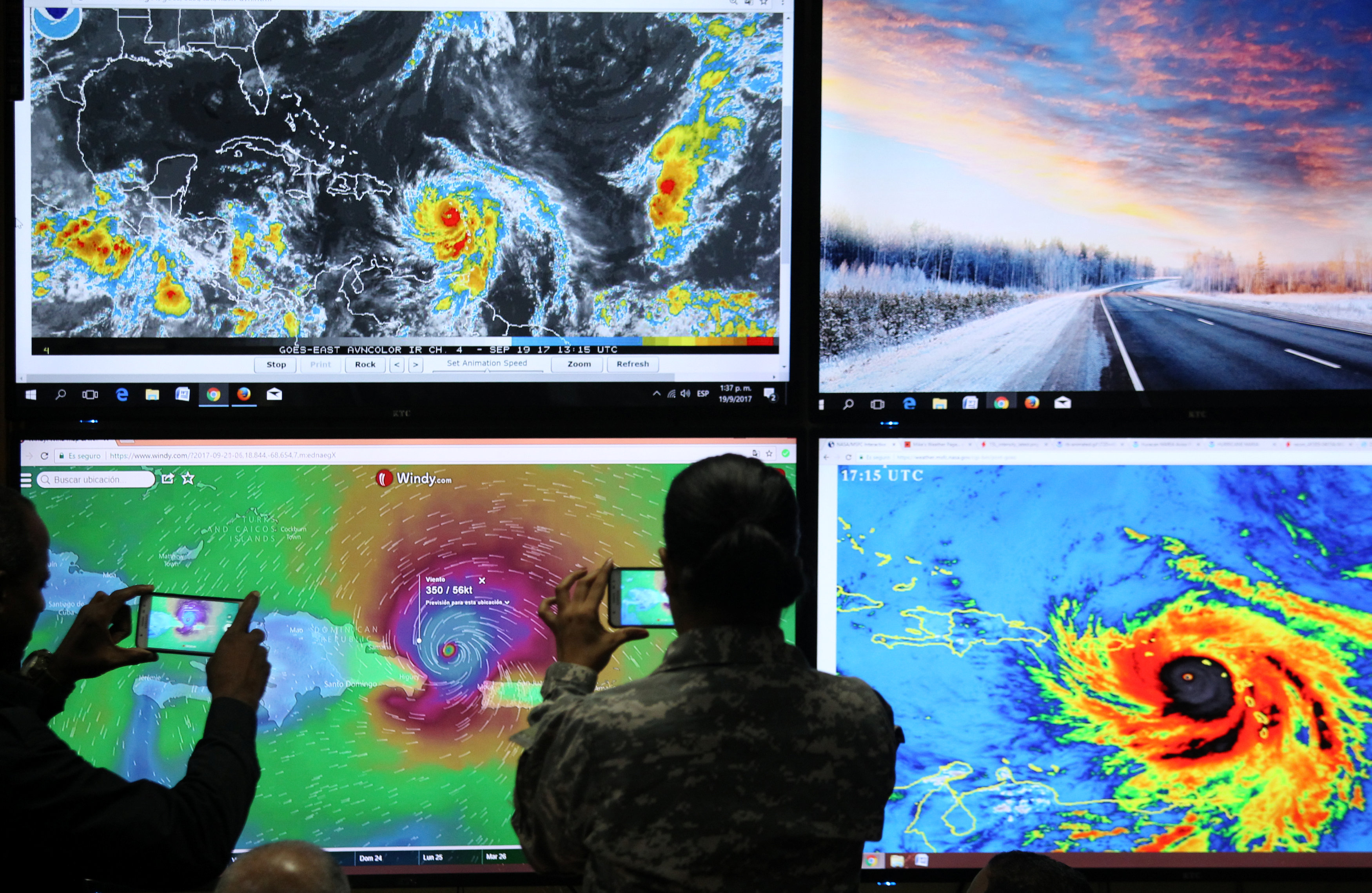
By Robin Respaut
SAN JUAN, Puerto Rico (Reuters) – U.S. President Donald Trump temporarily lifted restrictions on foreign shipping on Thursday to help get fuel and supplies to Puerto Rico as the U.S. territory reels from the devastation of Hurricane Maria.
Trump, at the request of Puerto Rican Governor Ricardo Rossello, “has authorized the Jones Act be waived for Puerto Rico. It will go into effect immediately,” White House spokeswoman Sarah Sanders said in a Twitter post.
The waiver of the act, which limits shipping between U.S. ports to U.S. owned-and-operated vessels, was signed by acting Department of Homeland Security Secretary Elaine Duke and would be in force for 10 days, the DHS said in a statement. It would cover all products being shipped to Puerto Rico, the department said.
Puerto Rico’s government had sought a waiver to ensure as many supplies as possible, including badly needed fuel, reach the island of 3.4 million people quickly.
The waiver aimed to “ensure we have enough fuel and commodities to support lifesaving efforts, respond to the storm, and restore critical services and critical infrastructure operations in the wake of these devastating storms,” Duke said, referring not just to Maria but to Hurricane Irma, which grazed Puerto Rico earlier this month.
Rossello retweeted Sanders’ announcement with a “Thank you @POTUS” – referring to Trump’s official Twitter handle.
Maria struck Puerto Rico on Sept. 20, knocking out power to the entire island, causing widespread flooding and major damage to homes and infrastructure.
The U.S. government has periodically lifted the Jones Act for a temporary period following violent storms, including after hurricanes Harvey and Irma, which hit Texas and Florida in late August and earlier this month.
Even as federal emergency management authorities and the U.S. military have stepped up relief efforts in Puerto Rico, many residents have voiced exasperation at the prolonged lack of electricity, reliable supplies of drinking water and other essentials.
Rossello has strongly praised Trump’s response, defending the Republican administration against complaints of being slow to act. Critics have said the island is not getting the same response from the federal government as it would if it were a U.S. state, even though its residents are U.S. citizens.
“The president has been very diligent, he has been essentially talking to us every day,” the governor said in an interview with MSNBC on Thursday.
Outlining some of the problems facing the island, Rossello said, “Really our biggest challenge has been the logistical assets to try to get some of the food and some of the water to different areas of Puerto Rico.”
He said the territory was working closely with the Federal Emergency Management Agency.
“We need truck drivers,” he said, adding he had asked the Department of Defense to send troops to help with transportation.
“The food is here, the water is here. We welcome more help. But critically, what we need is equipment,” and people, either national or state troops, Rossello said.
(Reporting by Doina Chiacu and Susan Heavey in Washington; Writing by Frances Kerry; Editing by Bill Trott)












